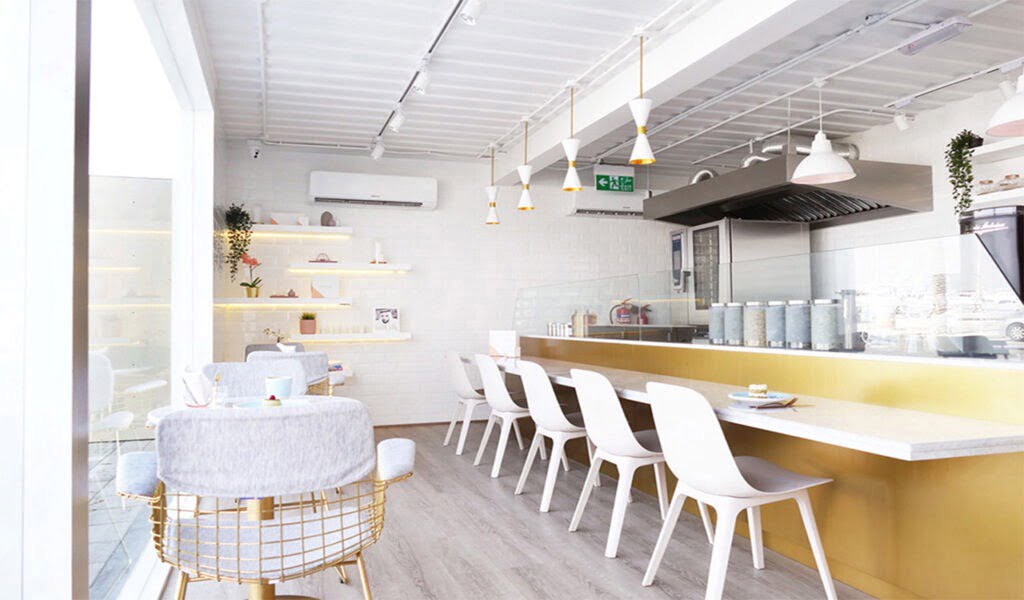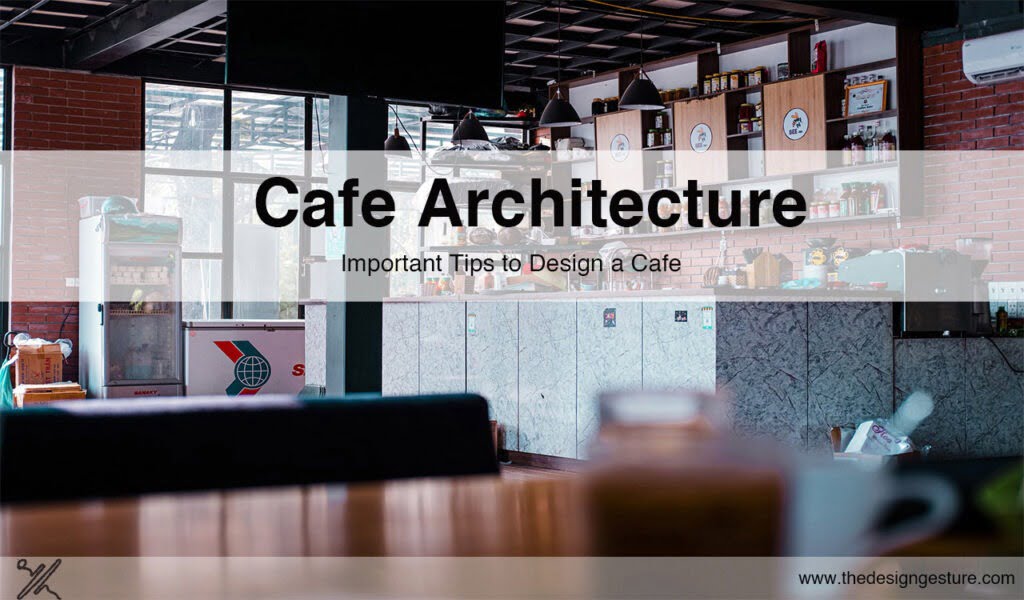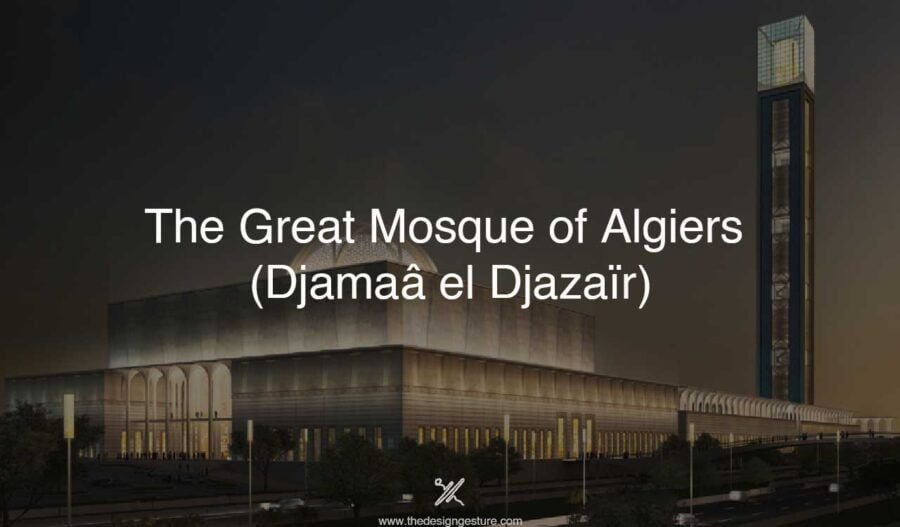Table of Contents
What is a Café?
A café is a type of restaurant that typically serves coffee, tea, and light refreshments, such as baked goods or snacks. The term “café” comes from the French word meaning coffee that is further derived from the Turkish kahve, meaning coffee. It is also sometimes known as a coffeehouse or a coffee shop (or tea shop in English).
There are some characteristics similar to that of a bar and some characteristics of a restaurant given its selection of foods and beverages served, but is distinct from a cafeteria where customers can choose from many dishes displayed on a serving line.
History
The introduction to café architecture or coffee drinking to Europe provided a much-needed focus for the social activities of the sober. The first café is said to have opened in 1550 in Constantinople; during the 17th-century, cafes opened in Italy, France, Germany, and England. During the 200 years after the mid-17th century, the most famous coffeehouses of Europe flourished in London as ready points for news, discussion, and faction.
Coffee houses or shops became informal stations for the collection and distribution of packets and letters. By the 19th century, the daily newspaper and the home post had displaced these functions. Around that time, the French café and restaurant acted as gathering places for intellectuals and artists. The café continued to be an important social institution in France throughout the 20th and early 21st centuries.
During the late 20th century, as espresso and other specialty coffees became popular in the United States, many restaurants specializing in coffee opened. In the 1990s and early 2000s, some cafés offered Internet access to the public, giving rise to the so-called Internet café.
How is a Café different from a Cafeteria?
The terms Café and Cafeteria seem quite similar as the word ‘Cafe’ is part of the word ‘Cafeteria’. And while most of us know the difference between these two terms, we often mistake or get confused between them at certain points. Let’s break these two terms down to understand the true meaning.
A café is a place that offers coffee, tea, and other such hot beverages along with refreshments. An ideal image of a café or coffee shop would include comfy chairs, tables, sofas, a bookshelf, and a counter where various different types of coffee and other such beverages can be ordered. The purpose of a café is to meet up with friends for a quick chat over coffee. A Café gives an informal vibe where people come to lay off and chill; basically, an opposite of a business dinner, meeting, or any other formal engagement.
A cafeteria is a place where there is a handful of staff or has mostly self-service counters. These places are often found in large institutions such as schools, colleges, office buildings. The place is mostly filled with many small tables and chairs and food counters or counters available close to the walls. Cafeterias mostly resemble food courts in the mall. A person is expected to order their food at the counter and then pay for it.
There are two ways a counter could be set up, a person could walk around and get whatever he likes and then pay for it, or it can be in a buffet style where he pays for it once and is eligible for second helpings.
Importance of Café design
In today’s world where technology and social media are at its peak, it is very important to plan a good hangout space that not only fulfils the hunger for food but also the hunger for publicity and likes. Cafes, pictures, Instagram, and (café) interior design all go hand in hand. Millennial generation is well aware that a great cafe experience comes with a great cafe design. In the age of Instagram and social media updates, it’s safe to say that having a great cafe interior design is a must.
Usually, cafe owners mostly forget the fundamentals of a cafe differs from that of a restaurant. That is why the cafe interior design concepts which work for restaurants do not comply for designing a coffee shop. It is crucial to understand the psychology and mood of a customer visiting a café, which is why the interior design reflects the same.
People of all sorts come into a café for its architecture and design. With an existing target audience, it is still fluid and vague. Coffee accompanies every age group and simple meals which are rather affordable create an atmosphere for both partying and reading. Hence, cafe interior design becomes valuable, as that will define how people react to the cafe.
Tips to have a pleasing and welcoming café design
The design concepts, wall colours and textures, table and chair design, lighting, and music; all these factors give your cafe a personality that will dictate how people perceive and spend in your cafe. In the end, like any other business, the end goal of a cafe is to maximize profits and minimize cost, so the end goal revolves around the customer and cost effective efficiency.
Concept and Research
The first thing to be considered before planning a cafe interior design is your concept. The type of café you want, the prices and kinds of coffee you want, the location of the café, whether it’s a friendly neighbourhood one or near a university campus or at high-end posh neighbourhood. Study the type of clients they are attracting the most and compare if the design in use has anything to do with that.
If you intend to use machinery to attract clients, then be smart and professional about it. Ensure that all equipment is strategically positioned within the coffee shop. Cover and decorate these machines with bright and branded colours. Make sure that what meets the eyes of your clients is perfect. The primary goal here is to come up with a conducive environment that will please your clients and make it easy for you and your baristas to serve them.
Layout

The customer’s first impression after entering the coffee shop is influential and highly important. The perfect café layout is one that serves your customers efficiently during both peak and off-peak hours. Coming up with an ideal layout might not be that easy but it will definitely make things easier for all the functions that will follow dictating many components of your customer experience–from how they line up, to where they sit, to how long they sit, to what food and drinks you can serve, and more.
The best café architecture or design should be both aesthetically appealing and ensure smooth service delivery during the busiest of times. Your customers should feel relaxed and welcomed. Having a poor layout will stress your baristas and customers. Here are a few points which will help with the layout process.
- Equipment needs to easily come in and out of your coffee shop for installation, service, cleaning, or replacement. When designing your coffee shop layout, be mindful of this important detail. Make sure it can all fit through your doors and around your walls and counters.
- Finding the right amount of space in your employee work station is a balancing act. To be efficient and safe, you want to avoid making employees cross paths often. A workspace where employees have stations and can rotate 360 degrees to touch everything. They need to do their job. This will free up space to pass around each other and in the front of customers.
- Make sure to have the highest ceilings possible in the back of the house (kitchen and bar area.) Install shelving all the way up for maximum storage capacity for large boxes of paper products, coffee, and more.
- Take into account how a line of customers affects the overall user experience in a cafe. Avoid chaotic and uncomfortable queues.
- Interior Design
For designing the interior of a café, it is important to keep in mind every single thing, such as wall colour, flooring, furniture, lighting,. These elements, if done carefully, will change the entire outlook of a place. Building an excellent coffee shop from scratch doesn’t have to be expensive.
As long as you are creative and add a personal touch to your overall design, any place will be the envy of the entire town. One way in which elements,can build a stunning coffee shop is by investing in quality interior finishes.
Colour and Café Architecture outlook
Colours in a café are the first thing that customers notice and is an integral part of the cafe design. It is necessary to pick colours that will reflect the mood and the idea of the café. Colours like reds and yellows are considered being diet stimulants since they create an impulse in our minds. To spice up the appearance of walls, wood panels can be used for creating a feature wall, making the store look more rustic and chicer. Also, by brightening up dull walls with colourful wallpaper and treatments such as faux finishes and murals.

Furniture
Depending on the size of the café, plan the seating. Cafes that will serve lots of people and are in busy locations should have tall and hard chairs that discourage longer stays. Whereas, a café that intends to accommodate customers for longer should have low and comfy couches. The basic thing to remember is that the customers should be able to comfortably enjoy their drinks and snacks without strain. The tables should feature a standard height and shouldn’t be too far or too close to the seats.
Lighting
Even after having the best interior design, incorrect lighting can ruin it. Lighting plays a crucial role in running a café. Customers and employees need to clearly see what they are buying and selling, respectively. The ideal café design should be able to let in natural light throughout the day, the exception being the shop is in between buildings where natural light is scarce.
The aim is to create a comfortable environment and stay away from dazzling lights that seem unnatural. Dazzling lights will over-power the customers, distract them from the food, and make them uncomfortable. Dim lights work in a café if you want to give a rustic and exclusive impression. Ensure that different areas have varying lighting intensities. Seats around corners should be dully lit to create a romantic or idyllic mood. In other areas, ensure the light is bright enough to accommodate reading.
Acoustics
Acoustics are an essential element of café interior design. A cafe is a place where people either come to socialize or work in private. The music playing in a café dictates the mood, especially for the youngsters. Slow music in the background brings about a sense of relaxation, whereas loud music psyches up your customers. To avoid chaos and discomfort, playing different genres of music from time to time will come in handy.
Flooring
Flooring is a crucial part of any interior design and can easily make or break your space. It serves as a foundation to the café design and can ultimately affect its overall success. While the first interaction with a space is visual, the first physical contact a person will have with space is the flooring. Few options for café flooring include- Porcelain, vinyl tiles, terazzo, laminate, carpet, and concrete for the outdoors.
Also, ceramic tiles these days come in various patterns and can be customized according to the café interior. Picking anti-slip tiles is a brilliant choice as it enhances safety. Acid-etched concrete is another alternative. Although rugs can improve interior aesthetics, they are hard to maintain, especially after a few coffee spills.
Sustainability and cost efficiency
Optimizing spaces with an ergonomic design that combines function, efficiency, and design makes it easier for employees to multi-task and work effectively. This might also lead to cost savings without affecting the quality of service. The materials, furniture, and furnishings selected should be durable to reduce maintenance and replacement costs.
A sustainable plan will include everything from preparing the food to delivering, packaging along with optimal use of food, water, and energy resources in kitchen and dining areas. Using green building materials will create a healthy indoor environment for the café. Recycling and efficiency to reduce waste in all areas should be planned accordingly.
8 Examples of Café architecture and design
Café Yeonnam-dong 239-20, Seoul, South Korea.

The cafe’s interior looks like a scene from a cartoon, or a page from a comic book, or just a drawing sketch. Not just wall and floor design, the style is kept precisely in every detail. Furniture, dishes, cups: everything fits the concept.
Blend Station, Mexico

A Stylish & modern espresso bar offering fair-trade Mexican roasts, plus a takeaway window.
Happy Bones, NYC, USA

Happy Bones optimistically puts it as ‘exists to inspire and energise New Yorkers’. They have translated their zeal for coffee into a stylish brick and mortar space. The compact space was just 432 sq. ft once an alleyway. The clever, minimalist conversion features whitewashed brickwork, steel mesh displays (complete with a top-notch selection of art books) and a large skylight above the eye-catching counter at the end of space.
Lucciano´s Ice-cream & coffee shop, Olivos, Buenos Aires.

Lucciano’s is a family-owned company, born out of a desire to satisfy the most demanding segment of consumers of artisan ice cream in our country. They went back to Italy and bought back the latest manufacturing technologies and best gelato masters. Then they combined national and Italian raw materials with Belgium chocolate to create a unique product, thus becoming a synonym for the best premium ice creams in the market.
Coffee Concepts, Amsterdam, Netherlands

An airy coffee bar with stylish decor, serving breakfast plates, sandwiches & sweet treats. It has a level difference that separates two spaces and is aesthetically pleasing.
Jane Café, San Francisco, USA

“Here at Jane, healthy eating means having a salad and a cookie—it’s all about balance.” Born from a deep-seated love of all culinary things, Amanda Michael founded JANE to satisfy her passion and deliver memorable experiences to the many loyal and transient guests who love the institution. Amanda’s career in food and hospitality spans decades and she has spent many years cooking and baking in a myriad of restaurants.
Pastryology, Port Rashid, Dubai

Full of traditional notions of French design and feminine symbolism through bistro furniture pieces, romantic imagery and a colour palette directly inspired by the French flag, the mixing of colour copper and brass interior pieces flirt with pink hues, creating a subtly playful environment reinforcing the café’s avian concept.
FAQ
1. What are some key considerations for cafe architecture?
Target audience: Who are you trying to attract? Families, students, business professionals? Design elements should cater to their needs and preferences.
Ambiance: What kind of atmosphere do you want to create? Relaxing, vibrant, modern, or something else? The design should reflect this desired ambiance.
Functionality: Ensure the layout is efficient for staff and comfortable for customers. Consider traffic flow, furniture placement, and accessibility.
2. What are the different cafe architecture styles?
Modern: Clean lines, minimalist furniture, focus on natural light and open space.
Industrial: Exposed brick, metal accents, vintage furniture, creates a raw and edgy feel.
Rustic: Natural materials like wood and stone, warm lighting, creates a cozy and inviting atmosphere.
Mid-century modern: Focus on geometric shapes, pops of color, and vintage furniture from the mid-20th century.
3. How much space do I need for my cafe?
This depends on several factors like seating capacity, desired layout, and type of service (counter service vs. table service). It’s wise to consult with an architect or designer to determine the optimal space for your needs.
4. How can I optimize the layout of my cafe?
Create a clear flow for customers, from entering the cafe to ordering, seating, and exiting.
Ensure ample space between tables for comfortable movement.
Consider designated areas for different needs, like a quiet corner for work or a larger space for groups.
5. How can I use lighting to create the desired atmosphere?
Warm lighting creates a cozy feel, while bright lighting is ideal for work areas.
Consider using task lighting to highlight specific areas like the counter or pastry display.
6. What role does furniture play in cafe design?
Furniture should be comfortable, functional, and complement the overall design style. A mix of seating options like armchairs, stools, and benches caters to different preferences.





Great insights on café architecture! I particularly loved the tips on creating a cozy atmosphere with lighting and furniture choices. It’s fascinating how design can influence customer experience. Can’t wait to implement some of these ideas in my own café project!
I really enjoyed this post! The tips on maximizing natural light and creating a cozy atmosphere are especially helpful. I’m excited to apply some of these ideas to my own café design project. Thanks for sharing such valuable insights!